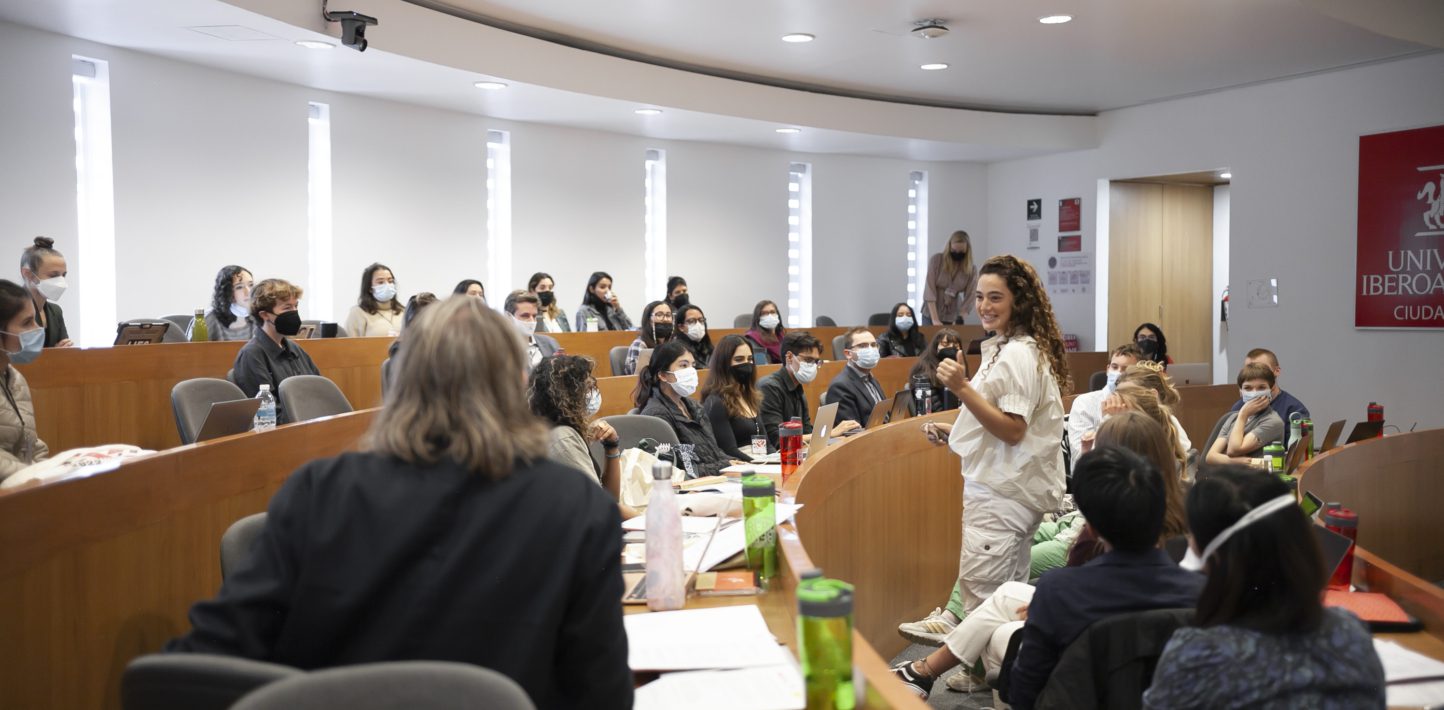January is traditionally the time when we reflect on the past year and often make overly ambitious plans for the year ahead. There are past projects and events that stand out, leading us to think more about how we should frame our work and what lessons to draw from it. One of those events for us at Amnesty International’s Crisis Evidence Lab was our annual Digital Verification Corps (DVC) summit, held in Mexico City in September 2022. The DVC is the unique network of global universities that collaborate with Amnesty International to address verification challenges and contribute directly to ground-breaking and rigorous human rights research.
Over the three-day summit, the questions we pondered and debates we engaged in offered insights of relevance beyond our network of open source volunteers, into the future of the field of digital investigations.
Community, collaboration, sense of purpose, new skills and continuous learning are some of the phrases that students of the Digital Verification Corps used to describe their experiences. These discussions were part of the annual DVC summit that was hosted in September by our partner, Ibero University. It brought together more than 50 students and staff from the universities of Cambridge, Essex, Ibero, Pretoria and Berkeley, alongside Mexican human rights organisations, and team members of the Amnesty International’s Crisis Evidence Lab and Mexico City regional office.
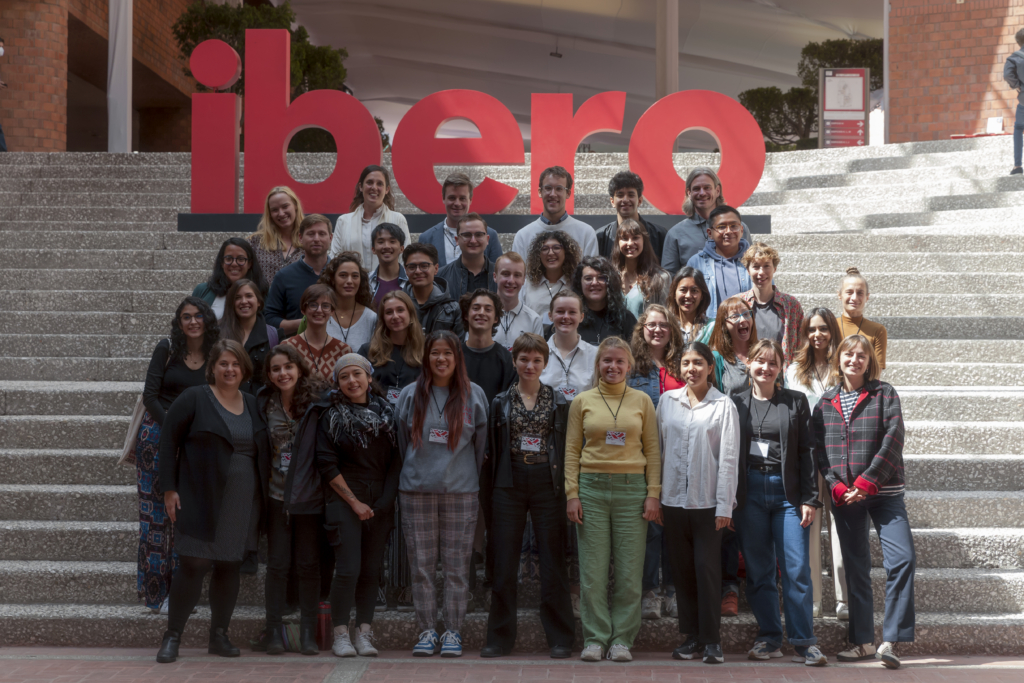
The summit was timely for a few reasons. It was the first time we’d all met in person, after two years of working together on a number of projects – from the award-winning tear gas platform to the coverage of the migration crisis, police violence and, most recently, the war in Ukraine. It was an opportunity to meet, connect, and reflect – not just on our internal network, but also on the future of digital investigations.
Beyond the Berkeley Protocol, there is a need to define key ethical approaches when doing open source research.
A lot had happened since we last met: the global pandemic challenged the universal system of human rights as governments curbed our freedoms and Russian aggression in Ukraine further undermined the global security architecture, causing Europe’s biggest humanitarian crises since World War Two. However, these two global crises also showed the power and value of open source investigations, as well as the need for rigorous verification. Open source techniques helped us to overcome challenges that traditional investigators faced in circumstances where cities were under siege or occupation and inaccessible to researchers, or in countries where there was an internet shutdown or tightened security laws.
This is why we asked the students not just to focus on our successes, but also to highlight areas of contention, and to draw lessons for our future work. From ethics to diversity, to standardisation, security and resilience, the answers they gave shed light on the current challenges confronting visual investigations.
There are several salient points worth emphasizing. First, the exponential growth of the open source field brings with it the need to standardise the field further. The Berkeley Protocol on Digital Open-source Investigations provided much-needed key definitions, as well as setting out the main international standards to rely upon when conducting online research of human rights violations. Beyond the Berkeley Protocol, as our students outlined, there is a need to define key ethical approaches when doing open source research, among other things. The publication of Bellingcat’s and Global Legal Action Network’s methodology for online open source investigations is a step in right direction.
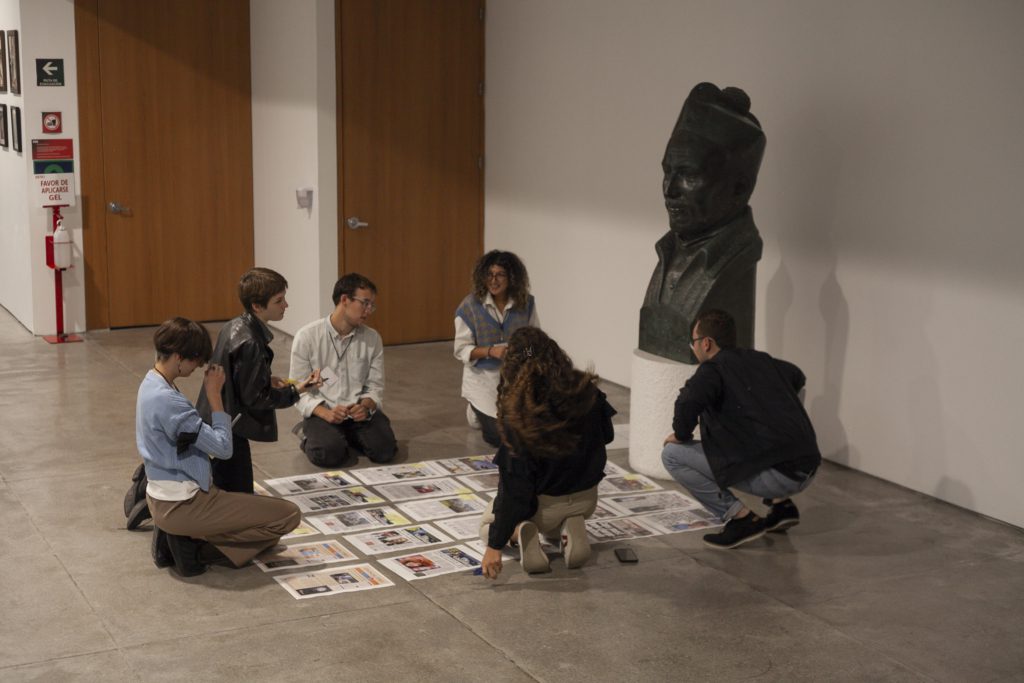
Also important is the fact that once activists, bystanders or content creators publish content, how it gets distributed, used, or credited is beyond their control. There is no formal consent from the “publisher” when using open source content, and decisions on how it gets stored, preserved, or removed are usually at the discretion of the big tech companies.
The recent fallout with Twitter and its new owner shows how arbitrary decisions can further undermine or violate already poor records in content moderation. Preservation and archiving are also challenging tasks for us and the human rights community. Proper archiving management systems often require a lot of resources, especially technical knowledge and expertise. Not only in digitalisation and cataloguing, but also in software development to keep up with the changes introduced by digital platforms. Digital locking also comes with the price of time. As one of our students noted, it can take days or even weeks to download and store 500 tear gas videos.
Downloading sensitive and dangerous data and storing it on your own computer also carries significant risks. The privacy and safety of open source researchers are too often overlooked as we are far from the places we investigate. We often discuss digital security as one of the complementary efforts to conduct effective online investigations, but it should be the first step. Before starting discovery, we should ensure we have a proper digital security plan in place.
DVC students also rightly noted that we should not only discuss our security more, but also the privacy and security of people that are part of our investigations. Raising the question of who will use the information and for what purpose should be a standard for open source research. Furthermore, when publishing open source content, we should also consider the source-protection issue, as images and videos can often reveal far more than a leaked document.
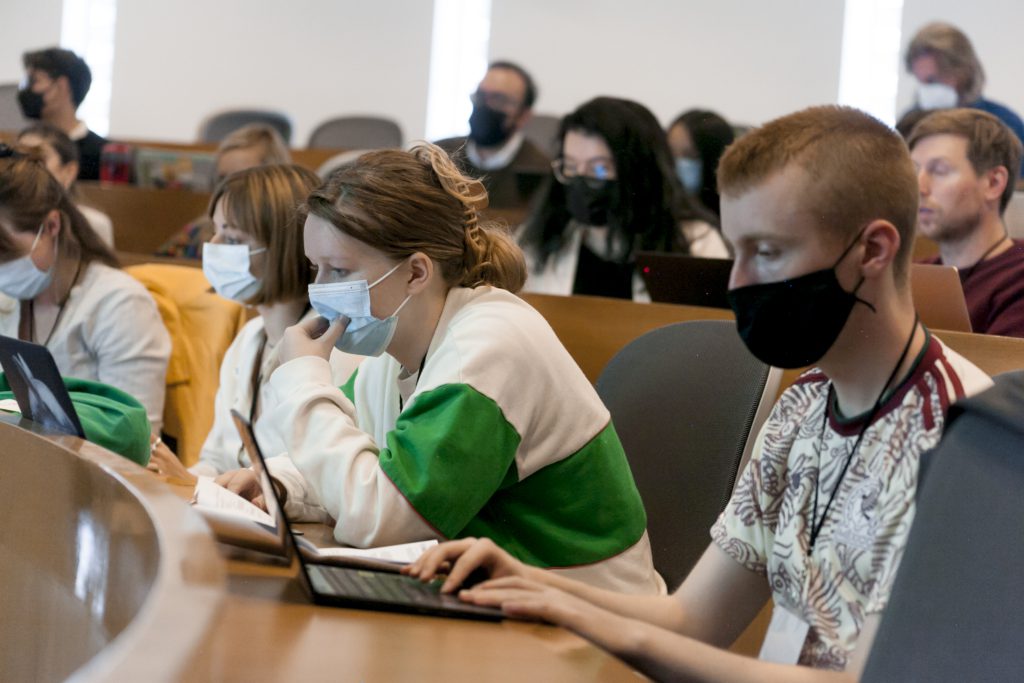
There are several open questions that require answers. Foremost among them: when we republish a video or a photo, do we show people’s faces? Or do we blur them? Asking for consent or considering the security issues of hundreds of people that appear in our investigations is challenging, but that should not deter us from efforts to create ethical and security guidelines.
The open source field is still replicating colonial power dynamics. It is a male-dominated profession, led by organisations in the Global North investigating abuses in the Global South.
Open source research to an extent “democratised” traditional human rights research. Previously, much of that research – especially much of the high-profile research — was led by international, western organisations and groups. Open source techniques have provided opportunities for a broader body of concerned citizens to report and document human rights abuses, film protests and arrests, and upload evidence of them in real-time. This includes evidence of excessive use of force by law enforcement or the documentation of airstrikes – from Syria to Iraq and now Ukraine. However, the open source field is still replicating colonial power dynamics. It is a male-dominated profession, led by organisations in the Global North investigating abuses in the Global South. Our students come from diverse backgrounds, and each generation of DVC students speaks at least 20 languages, but we can do more to attract universities that have fewer opportunities to be trained in digital investigations.
This continuous growth in interest, popularity, and buzz around open source research has been raising the bar for what is considered a high-quality piece of digital investigation. Expectations of researchers are on the rise, and some believe that they can do miracles with the huge volume of videos or images that they come across. It is rewarding when some of these images and videos are verified. However, as our students noted, there is also disappointment when one realises that almost half of the content that is gathered cannot be verified. They added that it is much easier to handle this disappointment “if you are realistic about what is possible.”
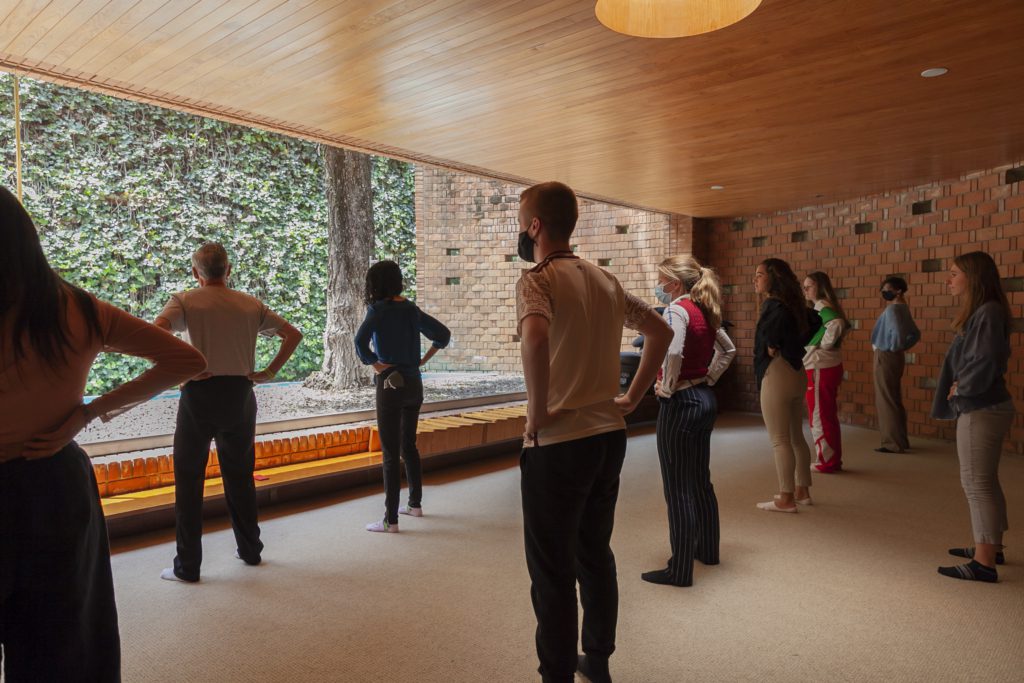
Every year we teach our students new skills and we celebrate their digital verification successes. We also teach them not to be tough on themselves and to know their own boundaries – from deciding when to move on from content that’s not verifiable, to taking a break to focus on their mental health.
Crucially, the triggers and thresholds for vicarious trauma are contextual and different for everyone.
Looking at images and videos from conflicts is hard, often overwhelming, and can take a toll on one’s mental health. The risk of developing vicarious trauma does not spare even the most experienced researchers. It does not matter how many times you have looked at images; what matters most is how much you know yourself and your boundaries. Crucially, the triggers and thresholds for vicarious trauma are contextual and different for everyone. Both Amnesty International and our partner faculty members put well-being at the heart of our programme. It was overwhelming to hear in person how the students use their own communities to foster better communication and resilience among team members, which you can read about in their latest blog post.
Over the next few weeks, through collaborative posts from our students and trainers, we will share more insights into what we learned and observed at the DVC summit in Mexico City. From remote sensing to 3D modelling, from vicarious trauma to data science, we will share tips and thoughts that we hope will inform the wider human rights community.


